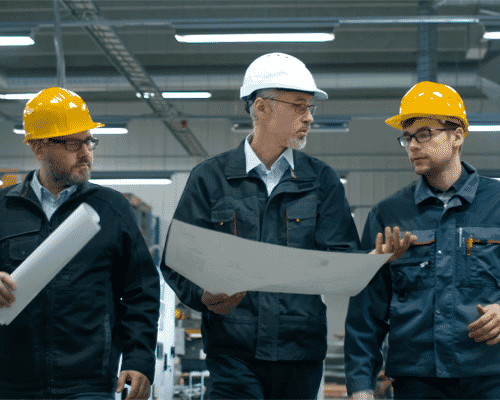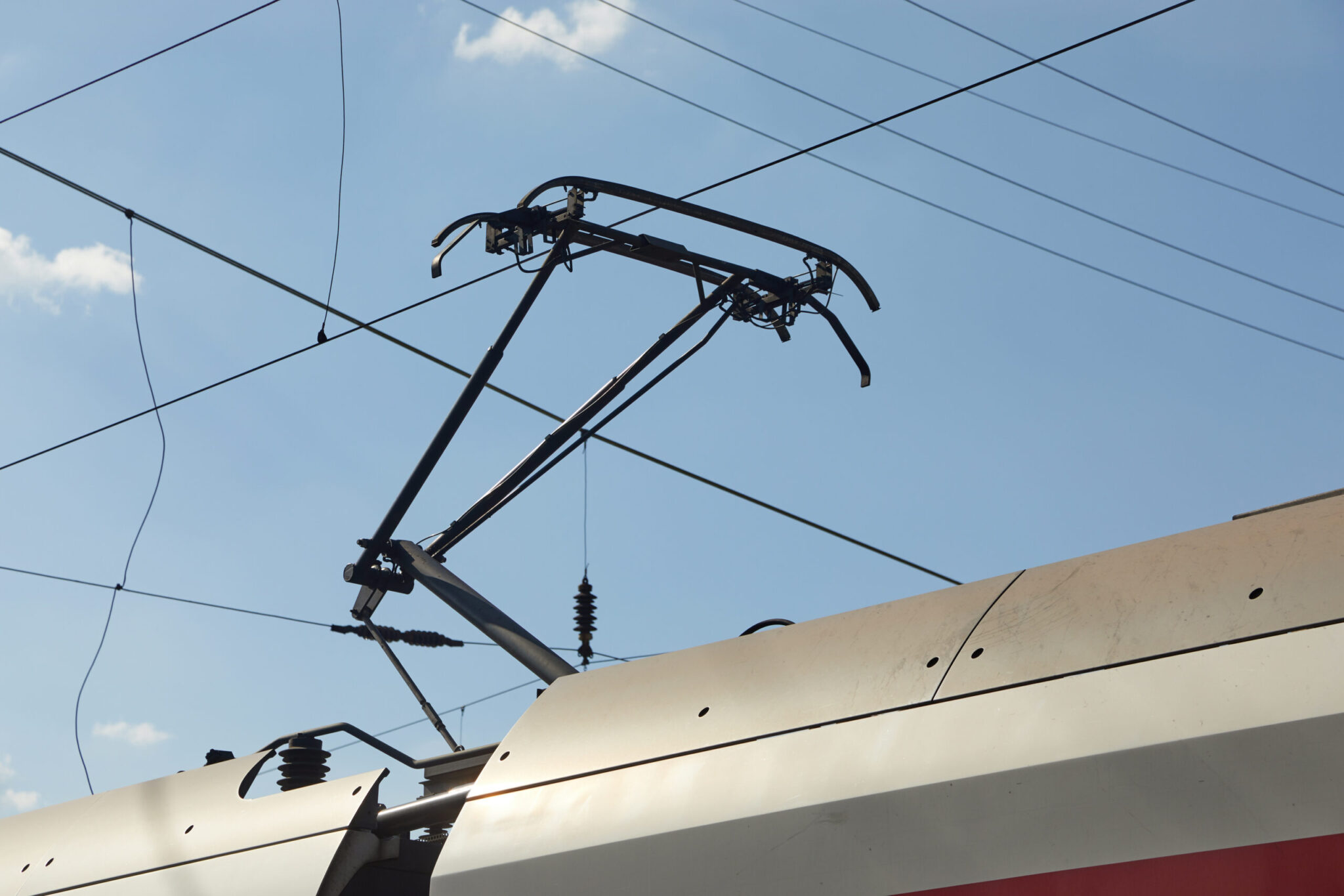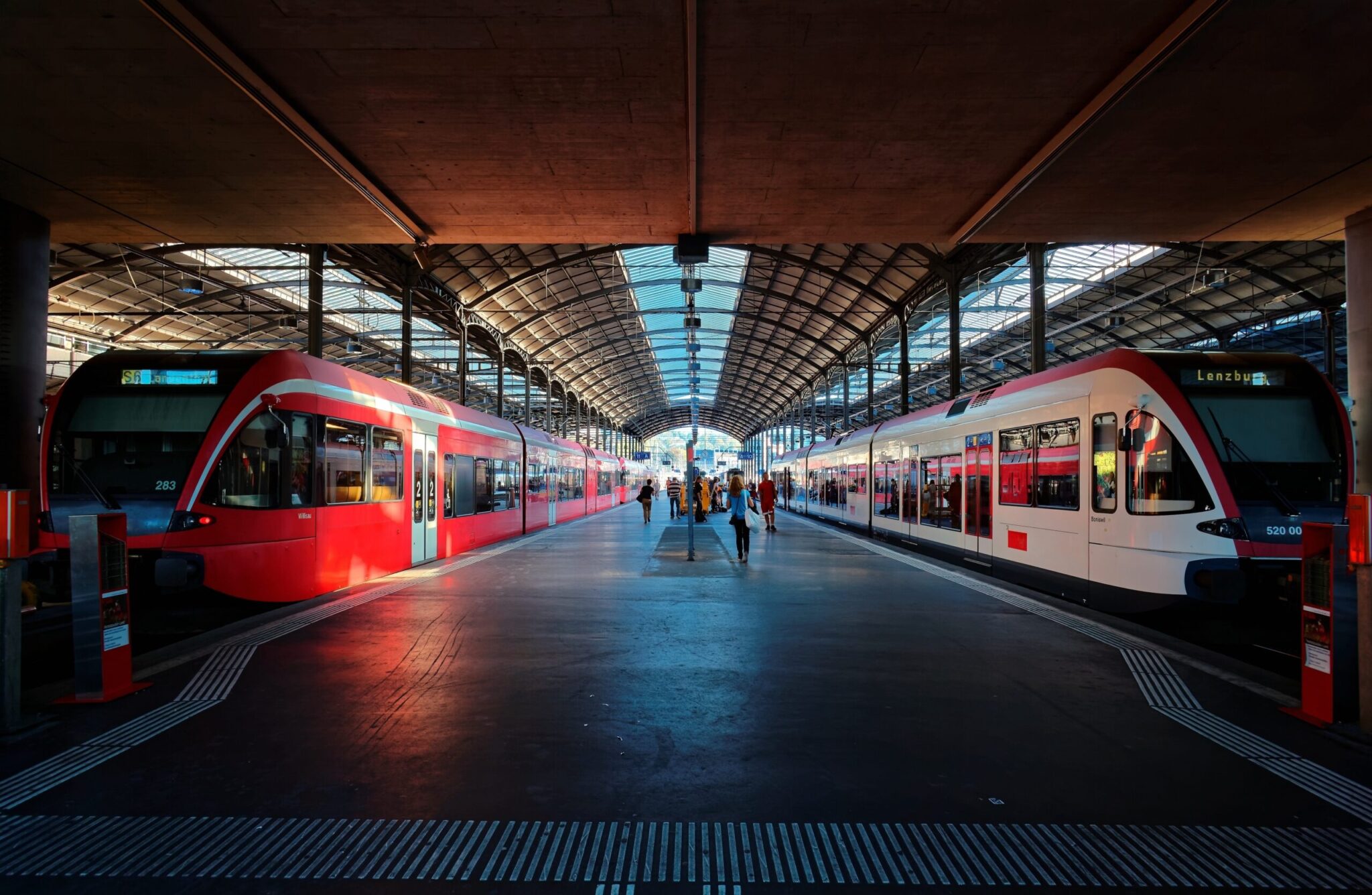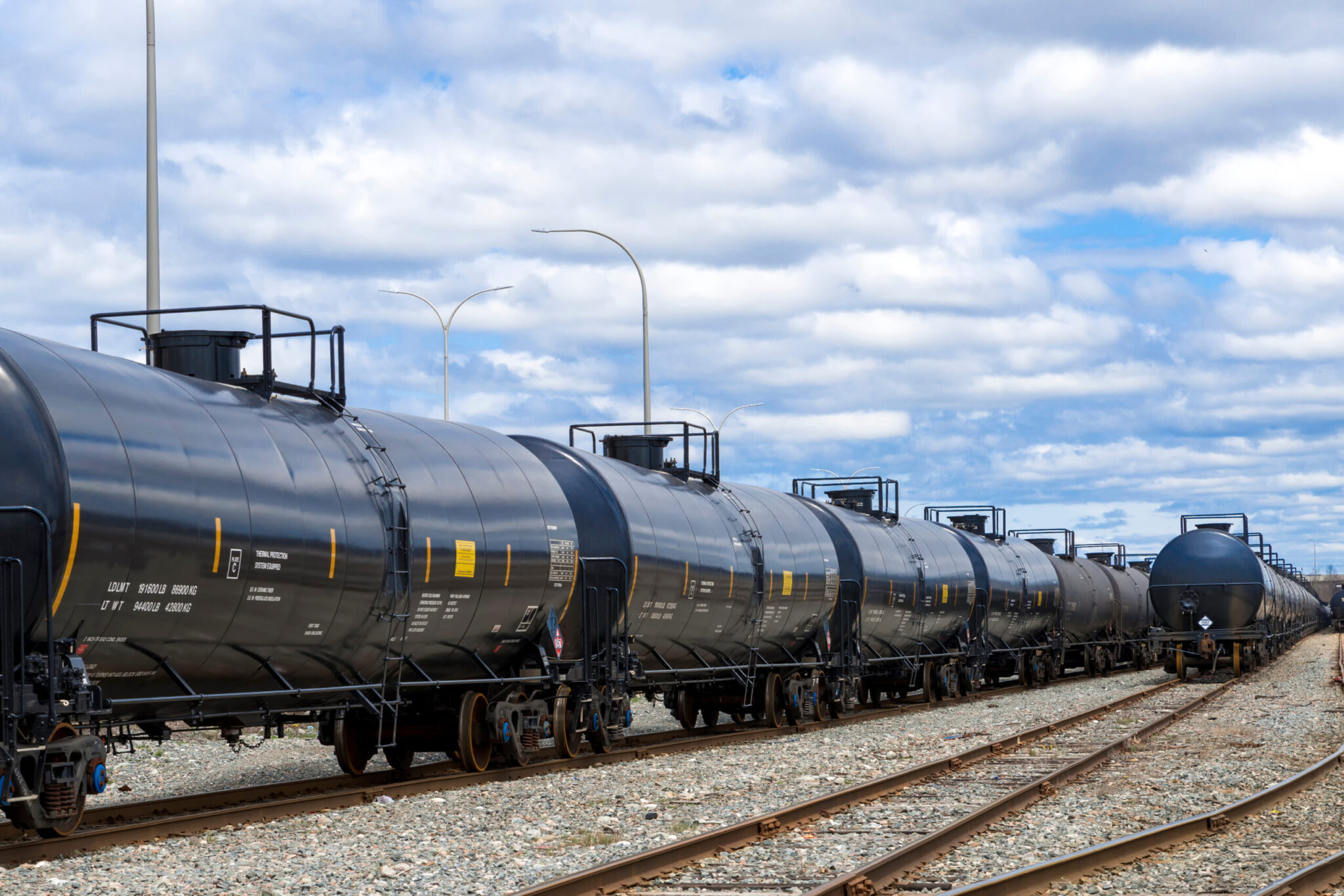
17 Essential Tips to Keep Your Rotary Screw Compressor Running in the Summer Heat
August 16, 2023
How an Air Compressor Audit Can Reduce Operating Costs
August 30, 2023Compressed Air Solutions: The Core of Railways and Locomotive Operations
Kaishan USA | August 23, 2023 | Uncategorized

In a typical year, freight railroads haul around 1.6 billion tons of raw materials and finished goods in the U.S., according to the Association of American Railroads. Freight rail revenue alone was $80 billion, according to the U.S. Department of Transportation.
We don’t normally think of railways and locomotives as an obvious application for compressed air technology.
One reason is that rail transportation is a challenging environment for air compressors and compressed air systems. The equipment is often squeezed into compact, hard-to-reach spaces. It is exposed to weather extremes, including the elements and varying temperatures. It is often subject to dirt, dust and debris. Not to mention shaking, shock and vibration. On top of that, there’s constant pressure to keep the trains running with little time for maintenance. And concerns about lifecycle costs.
But, as in many industries, you’ll find air compressors and compressed air systems “all aboard” in train and rail operations. They’re not only on the trains themselves, but also back at the station, supporting some critical functions.
Let’s take a closer look.
On the Train
Compressors power several different railway functions:
-
- Doors. Much of the efficiency of passenger trains at the station depends on the smooth operation of its doors. And in an emergency, door operation is crucial. Door operation also is important for freight cars.
- Brakes. Stopping power is important not just at the station but at intersections as well. As a safety feature, each train car has a separate air tank, lessening the likelihood of a runaway train. Plus, the brakes are always on in today’s modern trains. To allow the train to move forward, the operator disengages the brakes, disconnecting the air tank, which pumps air into a brake line, closing a valve separating the tank from the brakes. To stop the train, the process is reversed. The flow of air to the brake line is halted, and the valve switches back, reconnecting the air tank. The brake reengages and brings the train to a stop.
- Suspension systems. Compressed air systems help provide the smooth ride passengers have come to expect on the rails today. And more importantly, they help stabilize the rolling stock as it moves along its journey.
- Pantographs. Compressed air systems help these devices stay in contact with the catenary wires above the tracks, which supply the electrical current to the train.

Compressed air systems help pantographs remain in contact with the catenary lines above the tracks, supplying electrical power to the train.
In the Station
Compressed air systems play a significant part in railway operations as well. Key elements include:
-
- Pneumatic controls. Many of the controls back at the station rely on pneumatics driven by compressed air. These systems open and close valves while freight is loaded and unloaded and even activate emergency shutoffs.
- Maintenance. Compressed air blasts dirt, dust, debris and rust off rail cars. Plus it powers the repainting function. And many maintenance crews use compressed air to remove dust and dirt from heat exchangers.

Back at the station, compressed air systems play an essential role, helping with pneumatic controls and a variety of maintenance tasks.
Special Applications
One little-recognized application of compressed air is its use to pressurize railway tank cars carrying oil and chemical products.
Pressurization performs the following functions:
-
- Keeping pressure consistent. Compressed air helps maintain tank pressure during shipment. The positive pressure prevents oxygen or other environmental contaminants from entering the tank.
- Improving safety. The positive pressure also helps prevent hazardous spills or leaks, thus reducing the chance of fire, explosions or air pollution.
- Maintaining structural integrity and stability. Positive pressure helps maintain the structural integrity of the car and helps keep the contents from moving or sloshing around inside the tank while it’s moving, preventing destabilizing shifts in weight distribution.
- Preventing vaporization. Pressurization keeps volatile chemicals from vaporizing, a problem that happens when they are exposed to higher temperatures.
- Protecting products. The protective atmosphere inside the tank helps maintain the quality and integrity of the product being transported.
- Monitoring system integrity. System checks ensure the atmosphere remains sealed, enabling leaks or other abnormalities to be identified quickly.
- Unloading. Compressed air helps create a controlled environment that facilitates the unloading process.
In short, tank pressurization is a crucial safety measure that ensures product integrity, reduces the risk of vaporization and loss, prevents contamination and leaks and enhances emergency response capabilities.

Compressed air systems help keep railway tank cars pressurized, helping ensure their safety during transit.
Because of their sometimes-hazardous cargo and impact, the U.S. Department of Transportation has issued specifications for pressurized railroad tank cars.
Air Quality
Most railway applications need high-quality air. Painting, for instance, needs high-quality air free of moisture and pulsations that sometimes come from reciprocating compressors. And tank-car pressurization requires air free of moisture and contaminants.
And as mentioned, compressed air systems on trains often operate in a hostile environment, subjected to the elements and temperature extremes. Bombarded with dirt, dust and debris.
As a result, compressed air systems need efficient and reliable filtering systems, dryers and coolers to stay on track.
Local Help
Kaishan USA works with a nationwide network of independent distributors, who can provide on-site help and consultation as needed. These factory-trained air compression experts have an investment in their local communities and can service your air compressor system without a problem. And they have staff members who are skilled in using leak-detection technology on a daily basis.
Key Takeaways
-
- Compressed air powers train doors, brakes and suspension systems.
- Back at the station, compressed air helps with pneumatic controls and maintenance.
- Tank cars stay pressurized, thanks to compressed air.
- Air quality is important in rail operations.
Let Us Help
Getting the right air compressor and support equipment can play a critical role in the success and safety of railway operations. If you need help finding the right compressor for your application, get in touch with the experts at Kaishan. Contact us today.
Random stat or
customer quote
textXXtext
text
You’ll find air compressors and compressed air systems “all aboard” in train and rail operations.

